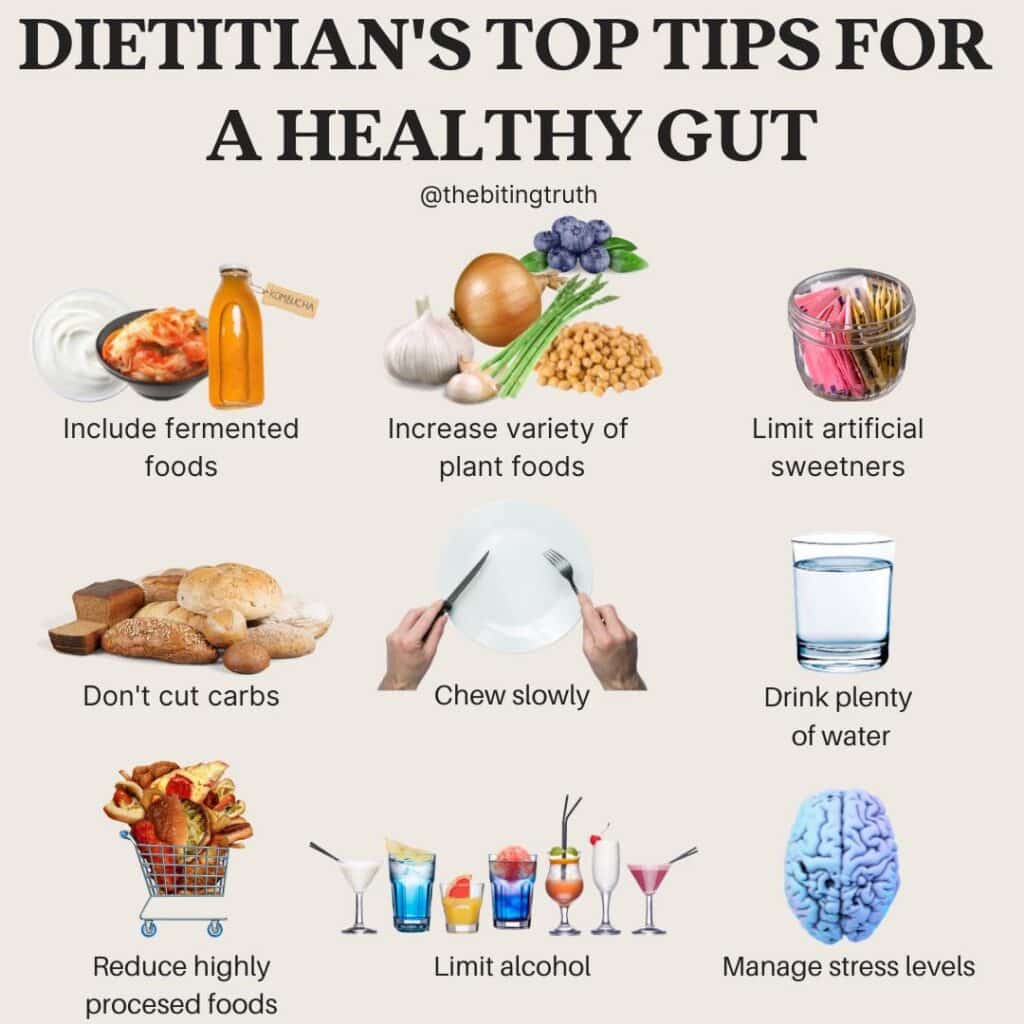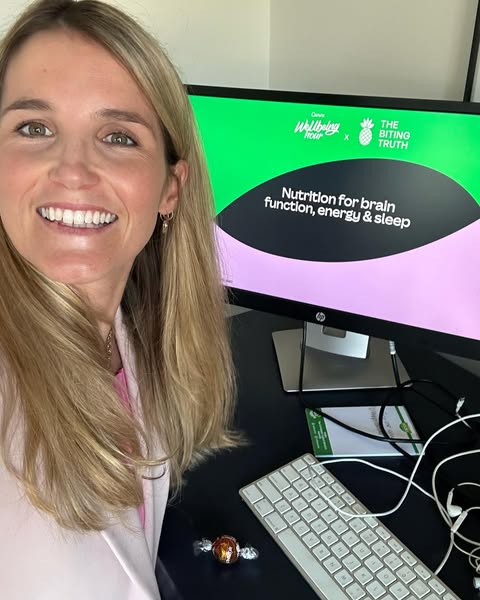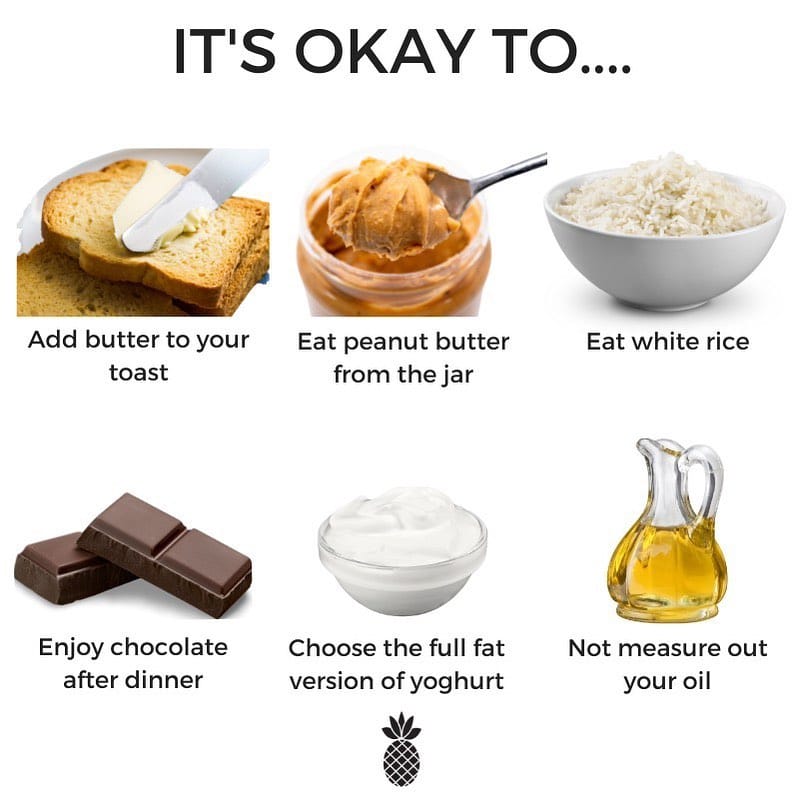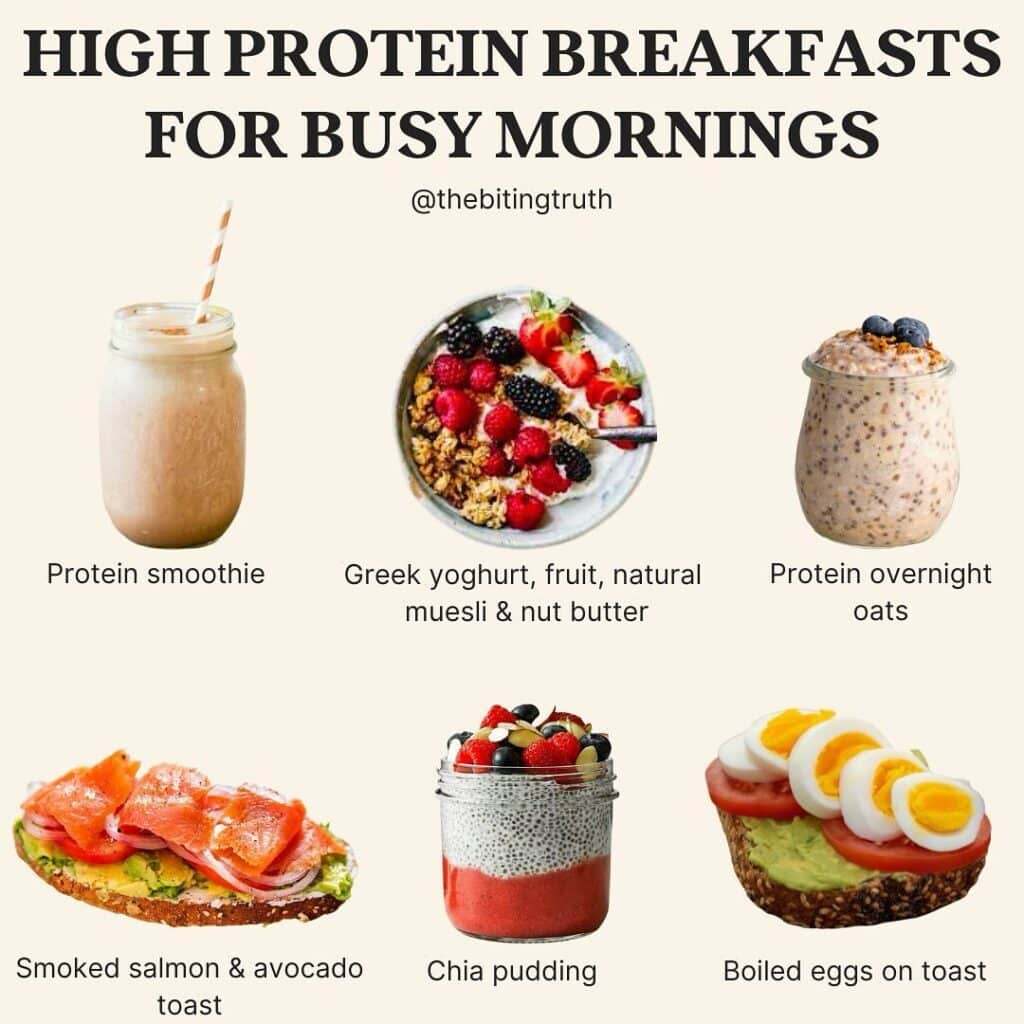So you’ve been to the doctor, had a blood test and found out you have high cholesterol… what now?
You may already be familiar with cholesterol – i.e. there is a ”good” (HDL) and a “bad” (LDL) type and you may know it’s found in animal products. However, what you might not know is why you have high cholesterol or where you might be going wrong with your diet and how can you lower your cholesterol levels?
Dietitians Anna & Alex from The Biting Truth share their top tips to help you reduce cholesterol levels.
Cholesterol is a type of fat that is actually vital to normal body function. Contrary to what you might think – most of the cholesterol in your body is actually produced by your liver – we only get a very small amount from food. However, what we eat does big role to play in managing our cholesterol and heart health.
It’s important to know that not ALL cholesterol is bad. When you get your cholesterol, levels tested via a blood test, you will receive 3 important readings:
When having your cholesterol tested, ask your doctor to check both your HDL and LDL cholesterol. A low level of HDL cholesterol and a high level of LDL cholesterol in the blood is an indicator that you may be at an increased risk of heart disease.
Soluble fibre is a type of fibre found in plant foods which is great for your gut and overall health. Because it is not absorbed in the intestine, soluble fibre can bind to cholesterol in the intestine and remove it from the body, eventually excreted in amongst your poo. If you want to increase your soluble fibre intake, it’s often best to start slowly and build-up gradually. It’s also a good idea to drink plenty of water. This will help the soluble fibre form a gel, which aids digestion and assists with removal of cholesterol from the body.
All fruits, vegetables, whole grains and legumes contain some soluble fibre, but certain foods are the cream of the crop:
Check out these 10 foods to lower cholesterol.
There are two main types of fats found in food: saturated (“unhealthy fat”) and unsaturated (healthy fat”). Eating a large amount of saturated fat increases your blood cholesterol, in particular the “bad” (LDL) cholesterol, whereas unsaturated fats can increase “good” (HDL) cholesterol and lower the “bad” (LDL) cholesterol. Research shows that replacing most of your saturated fats with unsaturated fats can reduce total cholesterol and “bad” (LDL) cholesterol. Longer-term studies have also found that diets higher in unsaturated fats, with fewer saturated fats tend to result in lower cholesterol levels over time.
Foods high in healthy fats:
Trans fats increase our risk of heart disease by increasing the “bad” (LDL) cholesterol and lowering the ‘”good” (HDL) cholesterol in our blood.
Trans fats are found predominantly in deep-fried foods and baked foods like biscuits, cakes, pastries and buns. However, small amounts of trans fats naturally occur in animal products such as dairy, beef, veal, lamb and mutton. However, these natural sources of trans fats are not considered a large health risk as they are such small quantities.
The good news is, Australians are consuming less trans-fat (an average of 0.6% of total energy intake) than the World Health Organisation’s (WHO) guidelines of no more than 1% of total energy intake. This is because most manufactures have removed trans fats from their products.
Plant sterols are natural cholesterol-like substances found in all plants. When we consume them in adequate quantities they can naturally reduce ‘”bad” LDL cholesterol. This occurs as these cholesterol-like substances are absorbed into the body instead of the LDL cholesterol.
Studies have shown that eating these naturally occurring substances in the right amounts (2-3g per day), can lower cholesterol by as much as 10 to 15%.
Small amounts of plant sterols can be found naturally in foods like:
Some foods in Australia are fortified with plant sterols so they have higher levels, including:
One of the most effective strategies to reduce cholesterol levels is a moderate reduction in weight. Losing just 10% of body weight has been shown to reduce total cholesterol, increase HDL cholesterol and lower LDL cholesterol.
However, it’s important to lose weight in a healthy way – not through rapid weight loss, restrictive diets or the latest fads. Check out our The Biting Truth Cookbook to lose weight the healthy way.
Your cholesterol levels play an important role in your overall health. High levels of “bad” LDL cholesterol have been linked to increased risk of heart disease. Making healthy changes to your diet can positively impact your cholesterol levels. Particularly, eating foods high in soluble fibre and loading up on healthy, unsaturated fats can help lower cholesterol levels and reduce these risks to help provide you the best opportunity for longevity and good heart health.
—
Notes






